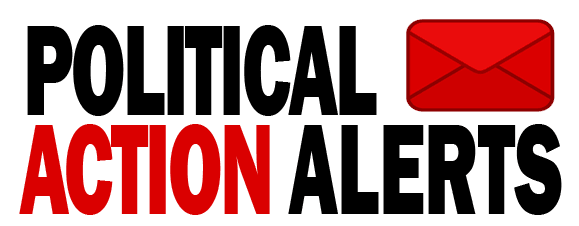In a startling revelation, the nation braced itself for another shocking tale of attempted violence against a prominent figure—Donald Trump. Just recently, federal agencies, including the FBI and the Secret Service, detailed a second assassination attempt on the former president, and the circumstances surrounding this event have many citizens on high alert. If there had ever been a wake-up call about the dangers that Trump continues to face, this incident would have surely sounded the alarm.
The fugitive in question, a 50-year-old named Ryan Routh, became infamous when reports surfaced that he had been hiding in a tree for an astounding twelve hours, preparing to strike while Trump played golf. It was only due to the sharp eyes of a dedicated Secret Service agent that disaster was averted. This agent spotted the suspect’s rifle protruding through a chain-link fence, triggering a rapid response that ensured the suspect never got the chance to unleash his sinister intentions. Remarkably, no shots were fired, and Routh fled in a panic, only to be apprehended shortly thereafter.
While many breathed a sigh of relief, there were also urgent discussions about the effectiveness of Trump’s protection. After two attempts in such a short span, questions arose regarding the adequacy of the security measures currently in place. The Secret Service Director emphasized the need for additional resources and personnel, suggesting that they are stretched thin and unable to provide the level of protection needed in today’s emergency climate. Indeed, the safety of a former president is paramount, yet critics are left wondering if the funding and support are truly sufficient.
One cannot overlook the seriousness of having multiple assassination attempts on the same person within a brief timeframe. This brings to light an unsettling question: How is such a failure in security possible, especially in light of the high-profile nature of Trump’s public appearances? Many commentators have voiced concerns that the government is not only overlooking critical threats but may also be inadequately prepared to respond to them.
In this day and age, when information travels at lightning speed, the implications of this situation extend further than personal safety. It highlights an alarming trend that proficient handling of security is vital not just for Trump but for the wellbeing of democracy itself. As tensions continue to rise in the political arena, there is a growing fear that rhetoric surrounding politicians may incite individuals to dangerous actions, raising the stakes for everyone involved.
Thus, the conversation must shift toward accountability and action. It is crucial that both the government and law enforcement agencies address these threats with the seriousness they demand and win back the trust of the public. After all, a secure environment fosters healthy public discourse, something that is increasingly at risk in today’s polarized climate. The goal should always be to protect the leaders and ensure that democracy, the very fabric of our nation, endures even in times of threat and uncertainty.




